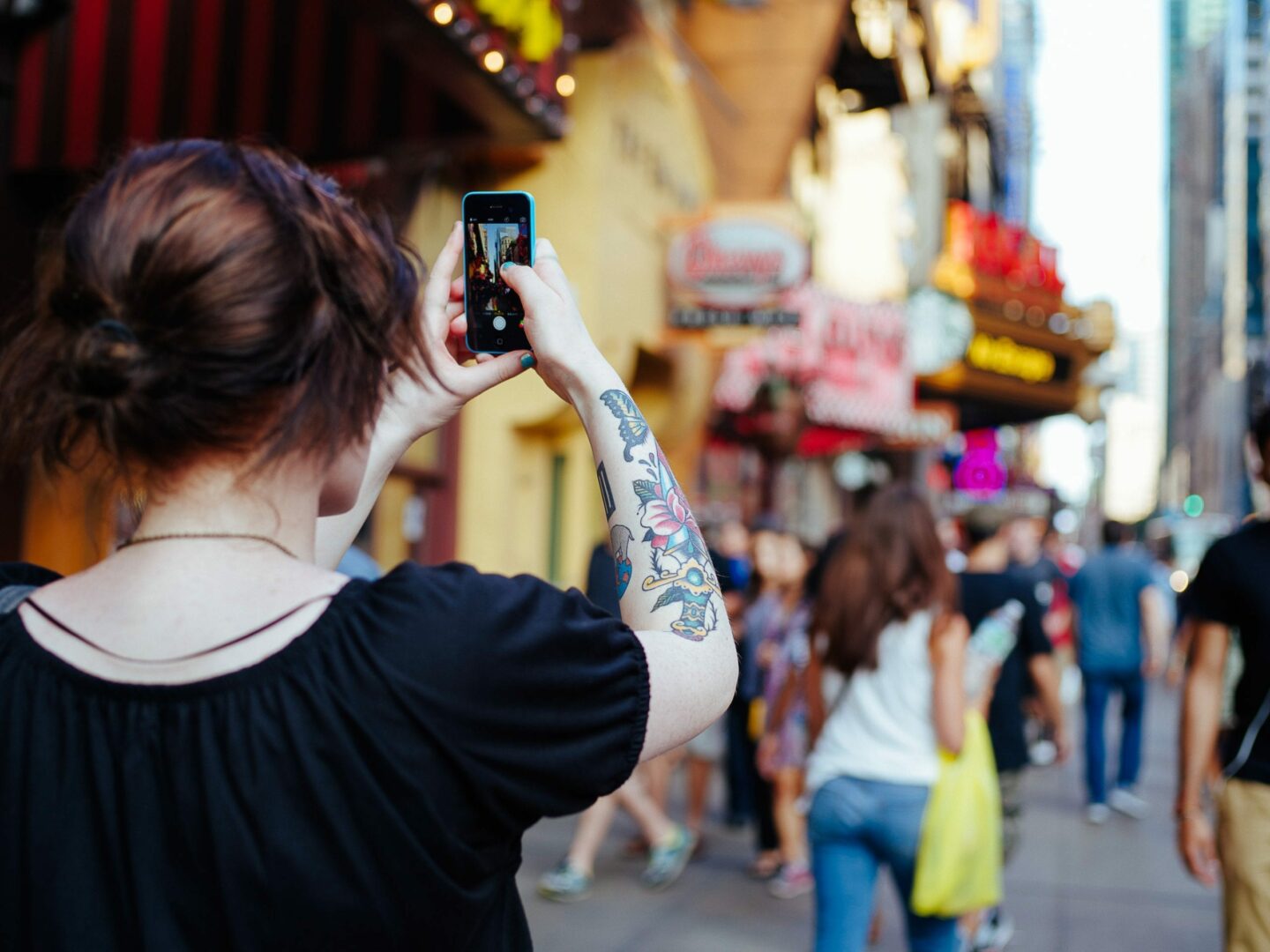As more brands realize the value of mobile ad spending, the cost of ad expense has gone up. In August 2016, average mobile CPM for iOS devices was $3.92. As of April 2017, average CPM is $7.52 – a 92% increase. And with more brands competing for the same placements, the early mover advantage for mobile advertising has dried up.
What’s next? Going smaller.
From Local to Hyperlocal
The next stage of mobile advertising is geofencing and location marketing. A geofence is a virtual area around a neighborhood, city, or even a shopping mall as small as 100 meters. Location marketing is the practice of sending specific offers to customers within a geofence.
Both are great ways to engage your biggest fans and best customers. Using location-based data in your marketing strategies delivers just in time, context-aware advertisements to audiences.
A Search Engine Watch/Search Optics survey showed only 22% of marketers said they were using hyperlocal and location marketing to its full potential. And only 10% of client-side respondents said they were using specific locations in their ad placement. Yet compare that with the results: 81% of agency-side respondents and 73% of client-side said they received ‘excellent’ or ‘good’ ROI from geofencing-based tactics.
Here’s what this looks like in action:
A known customer comes near a retail store and gets a personal offer based on shopping habits. This makes the customer more likely to enter the store and make a purchase. (This can be especially useful if the customer purchases multiple items per trip. In this case, the location marketing message helps to get them in the door and make additional purchases than the special offer.)
Through geofencing and location marketing, the interaction goes from local – based around a region or city – to hyperlocal – based on where the customer is at that very moment.
Another benefit of these technologies is that they help bridge the gap between online and brick-and-mortar shopping experiences. For example, through location marketing, customers can receive information about in-stock items at local stores they may have been viewing previously.
Tips for Success
Like any emerging technology, integrating these new tools into your strategy may feel like a challenge. Here are four tips for success to make geofencing and location marketing efficient.
Keep it small
Don’t make your geofence too big. Take advantage of how small you can go with location marketing. This allows you to deliver more relevant messages.
Stay relevant
Use notifications as actions to take versus just ads. Make offers purposeful and valuable to the user – remember, as these technologies become more popular, users will get more and more of these types of messages.
Eventually, as predictive algorithms mature, they’ll be able to determine a user’s shopping habits and send a personalized offer before leaving home. These offers can also have a shorter lifespan, such as a matter of hours, to encourage taking advantage of them.
Run tests and analyze data, such as time of day and type of customer
Research your customers and ask about their use of geofencing/location marketing. How do they like your offers? What types of offers would they prefer to receive?
You should also measure and track as much of your data as possible. Certain retailers have found location-relevant messages delivered at the right time helped drive a 65% increase in purchase behavior.
Delight and keep customers happy
B2B research firm Clutch found 68% of mobile app users want to receive deals and offers from their apps. Additionally, nearly 60% of consumers wanted apps that personalized the in-store experience. Through location marketing, you can deliver perfectly timed messages to users right as they come near a store–helping deliver the perfect offer with a personal touch.
Conclusion
As Geofencing and location marketing grow, users will get more and more of these types of messages. How can you stand out now and have your customers look forward to your messages rather than turning off their notifications?







